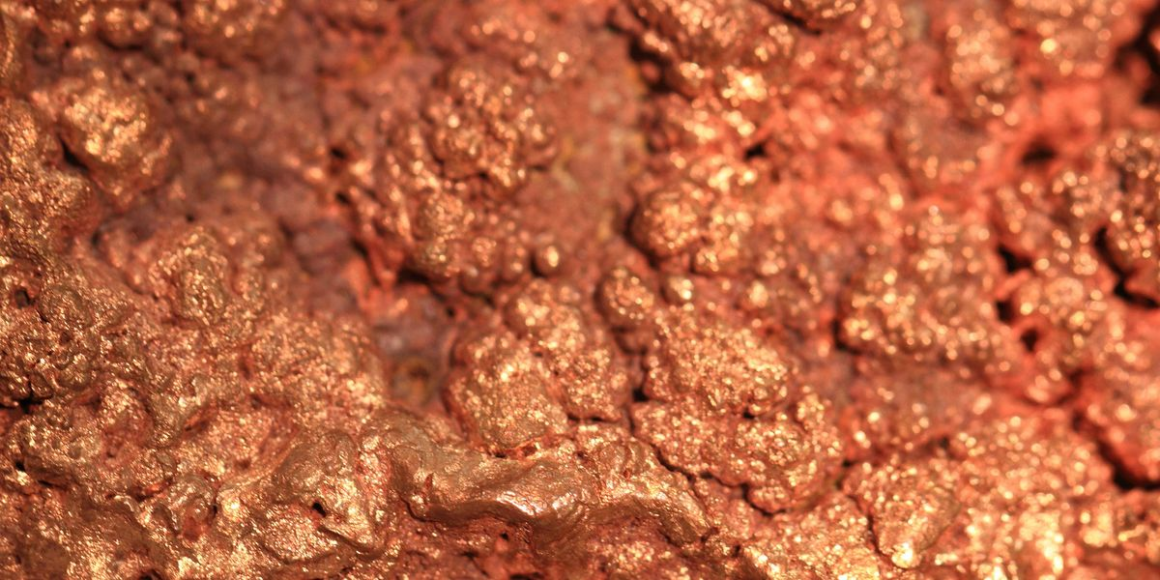Read on to learn more about the difference between copper concentrate and copper cathodes, the copper refining processes used to make these economically important products, and how they make it to the market.
What’s the difference between copper concentrate and copper cathode? While both are saleable copper products, each represents very different stages along the copper added-value supply chain.
The first stage of concentrate production is generally conducted at or very near mine locations to save on transportation costs. It involves crushing and grinding mined ore into smaller particles to roughly separate copper from waste rock.
The production of copper cathode is the final stage in the copper refinement process and takes place at a refining plant or smelter. The two main processing pathways to copper cathode are leaching and electro-winning, or smelting and electrolytic refining. You can read more about these below.
Through these copper refining processes, unwanted material is progressively removed from blister copper to the point that the resulting copper cathode product is concentrated at up to 99.99 percent purity, the standard for the highest-grade copper. Copper cathode is used to make copper wire rods, sheets, ingots and copper alloys.
Solvent extraction begins with an organic solvent, which separates copper from impurities and unwanted material. Next, sulfuric acid is added to strip the copper from the organic solvent, producing an electrolytic solution.
This solution goes through the electrowinning process, a form of electrolysis in which an electrical current passes through the copper solution. Positively charged copper ions in the solution are then plated onto a cathode. At 99.99 percent pure copper, the copper cathode is now a value-added saleable copper product.
During the thickening stage, the froth solution produced during flotation is poured into large tanks, allowing solids to settle at the bottom. The solution is then then filtered to remove excess water. At the end of this stage, the resulting copper concentrate is ready to be sent to the smelter.
Chemical reactions that occur during the smelting process cause the concentrate to separate into two layers of molten material: a matte layer and a slag layer. The matte layer, on the bottom, contains the copper, while the slag layer contains the impurities.
In fire refining, air is blown through the copper to oxidize impurities into slag, then wood is added to help reduce the oxidized copper through chemical reactions, leaving refined copper behind to be processed into copper anode.
Finally, to completely deoxidize the copper, either phosphorus is added to it to form phosphorus pentoxide, or the copper is cast into copper anodes and placed in an electrolytic copper cell. Once charged, the pure copper collects on the cathode and is removed as a 99.99 percent pure copper product.
TCs are charged per metric ton of concentrate treated, while RCs are charged per pound of metal refined. These charges fluctuate with the market, but are often fixed on an annual basis. TCs and RCs tend to rise when there is a high availability of copper ore.
Miners indicate copper concentrations, although they may be spot checked by a third party when enroute to the refiner. Additionally, penalties may be assessed against copper concentrate according to the level of deleterious elements contained, such as lead or tungsten.
Most smelting companies have strict limitations on permissible concentrations of impurities, and if concentrate producers do not meet these needs, they will be subject to financial penalties. Miners may also receive credits for “valuable” minerals, such as precious metals gold and silver. TCs and RCs are levied separately on these metals.
Smelters generally operate by charging tolls, but they may also sell refined copper metal on behalf of miners. All of the risk (and reward) of fluctuating copper prices, then, falls on miners’ shoulders.
Copper cathode sold on the global exchanges must be registered Grade A type with a copper content of 99.99 percent. Unregistered high-grade copper cathode, standard grade and off-grade can be sold into the physical market through trading companies and financial institutions, but will not garner the producer’s premium prices of SHFE or LME registered copper cathode. This premium allows the copper cathode producer to recoup the costs such as insurance and freight associated with transporting its goods to the buyer.
This is an updated version of an article originally published by the Investing News Network in 2011.
Securities Disclosure: I, Melissa Pistilli, hold no direct investment interest in any company mentioned in this article.


Leave a Reply